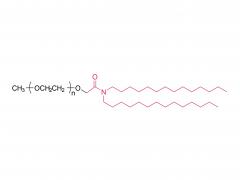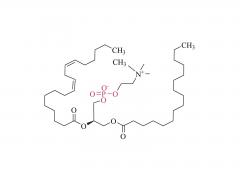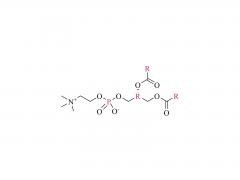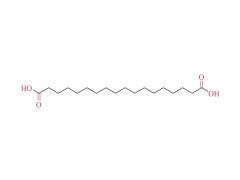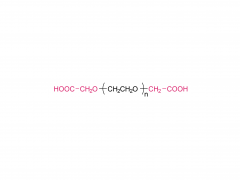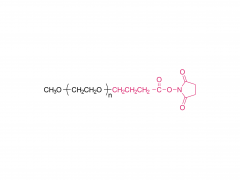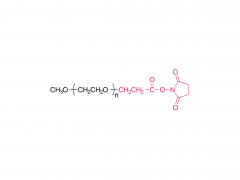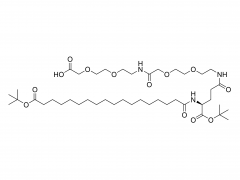Lipid - nanoparticles (LNP) have emerged as a crucial delivery system, especially in the context of mRNA vaccines. Understanding their in - vivo metabolism process is of great significance for optimizing their applications and ensuring safety.
Uptake by Cells
Once administered into the body, LNPs are primarily taken up by cells through endocytosis. The lipid bilayer of the LNP interacts with the cell membrane, and the entire particle is engulfed into the cell, forming an endosome. This process is facilitated by various cell - surface receptors and the physicochemical properties of the LNP, such as its size and surface charge.
Endosomal Escape
For the payload (e.g., mRNA) carried by the LNP to be functional, it needs to escape from the endosome. The lipids in the LNP play a vital role here. Some lipids in the LNP can undergo changes in the acidic environment of the endosome, which leads to the disruption of the endosomal membrane. This allows the release of the payload into the cytoplasm, where it can perform its intended function, like mRNA translation into protein.
Lipid Metabolism
After the payload is released, the lipid components of the LNP are metabolized. The phospholipids in the LNP are hydrolyzed by cellular lipases. For example, phospholipases break down phospholipids into fatty acids and lysophospholipids. These fatty acids can then enter the fatty - acid oxidation pathway in the mitochondria. They are oxidized to generate energy in the form of ATP through a series of enzymatic reactions. Lysophospholipids can be further metabolized or recycled within the cell for the synthesis of new lipids.
Clearance from the Body
The metabolic by - products of LNP, along with any unmetabolized lipid components, need to be cleared from the body. Smaller metabolites, such as fatty acids and some glycerol derivatives, can be absorbed into the bloodstream and transported to the liver. In the liver, they can be further processed, incorporated into lipoproteins, or excreted into the bile. Larger, undigested lipid fragments







